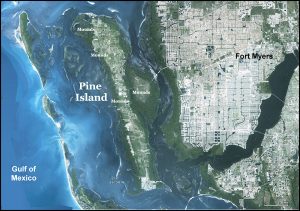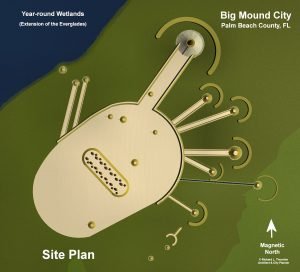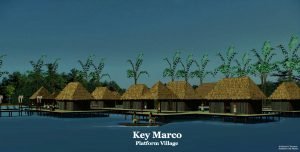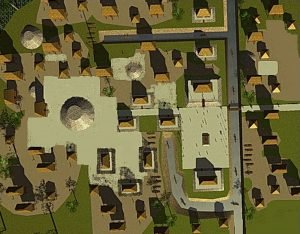Pineland Archaeological District – Lee County, Florida
The Pineland Archaeological District, covering 211 acres on Pine Island, Florida, is a significant historic district recognized since 1973. Managed by the University of Florida Foundation and other partnerships, this region showcases an array of archaeological features including shell and sand mounds, pre-European canals, and artificial structures attributed to the Calusa Indians, who dominated the area from 500 BCE until after 1700. The district evidences dramatic shifts in sea levels and climate that influenced the area’s habitation patterns. Native Americans utilized the land extensively before significant loss due to real estate development over the past 150 years. Significant components of the site include linear shell middens, monumental earthworks, and architectural residues which reflect the complex societal structures and environmental interactions of its ancient occupants. Presently reduced to around 20 acres of protected land, the remaining site still harbors valuable insights into prehistoric life on Florida’s largest island, historically shaped by both natural and human forces.





